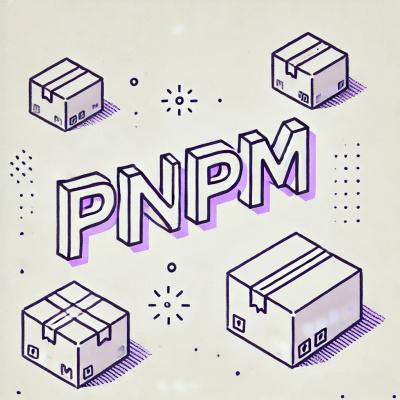
Security News
pnpm 10.12 Introduces Global Virtual Store and Expanded Version Catalogs
pnpm 10.12.1 introduces a global virtual store for faster installs and new options for managing dependencies with version catalogs.
⚡ Building applications with LLMs through composability ⚡
Looking for the JS/TS version? Check out LangChain.js.
To help you ship LangChain apps to production faster, check out LangSmith. LangSmith is a unified developer platform for building, testing, and monitoring LLM applications. Fill out this form to speak with our sales team.
pip install langchain
or
pip install langsmith && conda install langchain -c conda-forge
Large language models (LLMs) are emerging as a transformative technology, enabling developers to build applications that they previously could not. However, using these LLMs in isolation is often insufficient for creating a truly powerful app - the real power comes when you can combine them with other sources of computation or knowledge.
This library aims to assist in the development of those types of applications. Common examples of these applications include:
❓ Question answering with RAG
🧱 Extracting structured output
🤖 Chatbots
Please see here for full documentation on:
There are five main areas that LangChain is designed to help with. These are, in increasing order of complexity:
📃 Models and Prompts:
This includes prompt management, prompt optimization, a generic interface for all LLMs, and common utilities for working with chat models and LLMs.
🔗 Chains:
Chains go beyond a single LLM call and involve sequences of calls (whether to an LLM or a different utility). LangChain provides a standard interface for chains, lots of integrations with other tools, and end-to-end chains for common applications.
📚 Retrieval Augmented Generation:
Retrieval Augmented Generation involves specific types of chains that first interact with an external data source to fetch data for use in the generation step. Examples include summarization of long pieces of text and question/answering over specific data sources.
🤖 Agents:
Agents involve an LLM making decisions about which Actions to take, taking that Action, seeing an Observation, and repeating that until done. LangChain provides a standard interface for agents, a selection of agents to choose from, and examples of end-to-end agents.
🧐 Evaluation:
[BETA] Generative models are notoriously hard to evaluate with traditional metrics. One new way of evaluating them is using language models themselves to do the evaluation. LangChain provides some prompts/chains for assisting in this.
For more information on these concepts, please see our full documentation.
As an open-source project in a rapidly developing field, we are extremely open to contributions, whether it be in the form of a new feature, improved infrastructure, or better documentation.
For detailed information on how to contribute, see the Contributing Guide.
FAQs
Building applications with LLMs through composability
We found that langchain demonstrated a healthy version release cadence and project activity because the last version was released less than a year ago. It has 3 open source maintainers collaborating on the project.
Did you know?

Socket for GitHub automatically highlights issues in each pull request and monitors the health of all your open source dependencies. Discover the contents of your packages and block harmful activity before you install or update your dependencies.

Security News
pnpm 10.12.1 introduces a global virtual store for faster installs and new options for managing dependencies with version catalogs.

Security News
Amaro 1.0 lays the groundwork for stable TypeScript support in Node.js, bringing official .ts loading closer to reality.

Research
A deceptive PyPI package posing as an Instagram growth tool collects user credentials and sends them to third-party bot services.